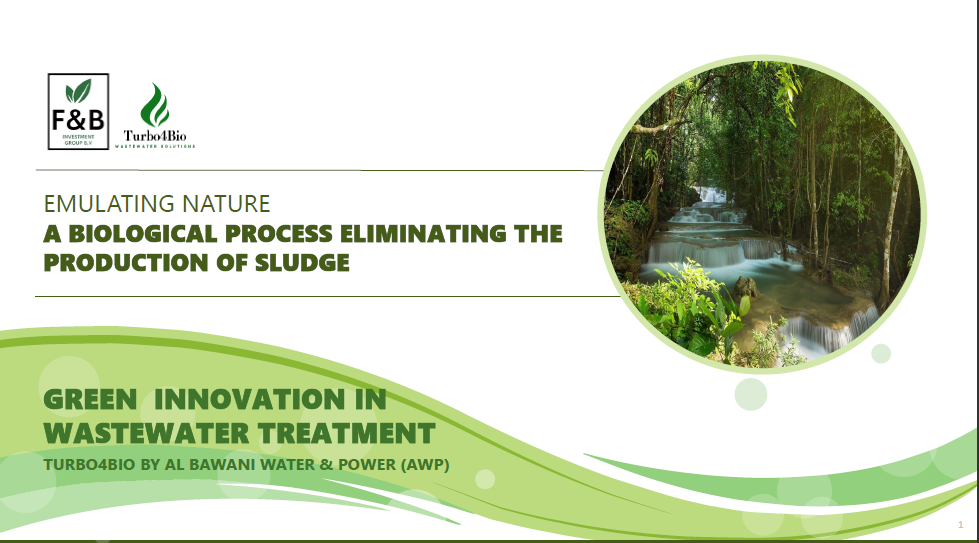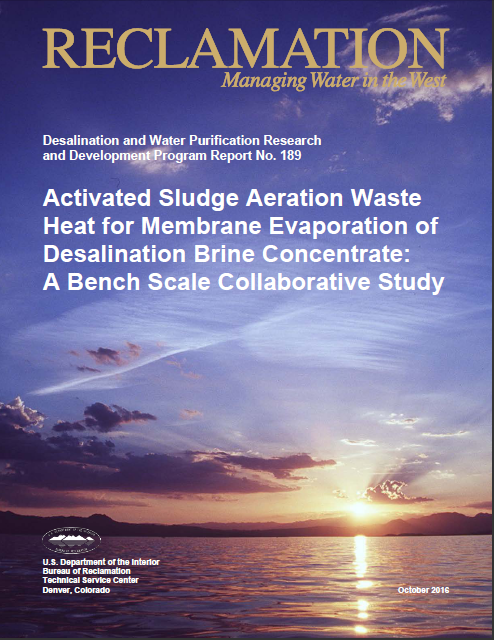Sludge, Odors & Biogas
Pathogens 101 Continuing Education Professional Development Course
Views : 3
Usually dispatched in 2 to 3 days
Usually dispatched in 2 to 3 days
Category:
Sludge, Odors & Biogas
Only logged in customers who have purchased this product may leave a review.
Related books
Sewage Sludge Management In Germany
Introduction
What is sewage sludge?
In Germany, daily water use now reaches 120 litres per person. All of this water ultimately ends up in the sewage system, and from there is channelled to sewage treatment plants. At such plants, the sewage passes through screens and sieves and undergoes mechanical and biological purification,
the goal being to remove impurities from the sewage and to then channel the resulting purified water into waterbodies. The residue of this process is known as
sewage sludge, which can occur in anhydrous, dried or other processed forms.
Sewage Sludge Management In Germany
Introduction
What is sewage sludge?
In Germany, daily water use now reaches 120 litres per person. All of this water ultimately ends up in the sewage system, and from there is channelled to sewage treatment plants. At such plants, the sewage passes through screens and sieves and undergoes mechanical and biological purification,
the goal being to remove impurities from the sewage and to then channel the resulting purified water into waterbodies. The residue of this process is known as
sewage sludge, which can occur in anhydrous, dried or other processed forms.
10 Acceptability aspects: Taste, odour and appearance
Access to safe drinking-water is essential to health, a basic human right and a component of effective policy for health protection. The importance of water, sanitation and hygiene for health and development has been reflected in the outcomes of a series of international policy forums. These have included health-oriented conferences such as the International Conference on Primary Health Care, held in Alma-Ata, Kazakhstan (former Soviet Union), in 1978. Access to safe drinking-water is important as a health and development issue at national, regional and local levels. In some regions, it has been shown that investments in water supply and sanitation can yield a net economic benefit, as the reductions in adverse health effects and health-care costs outweigh the costs of undertaking the interventions. Experience has also shown that interventions in improving access to safe water favour the poor in particular, whether in rural or urban areas, and can be an effective part of poverty alleviation strategies. The World Health Organization (WHO) published three editions of the Guide-lines for drinking-water quality in 1983–1984, 1993–1997 and 2004, as successors to previous WHO International standards for drinking water, published in 1958, 1963 and 1971. From 1995, the Guidelines have been kept up to date through a process of rolling revision, which leads to the regular publication of addenda that may add to or supersede information in previous volumes as well as expert reviews on key issues preparatory to the development of the Guidelines.
10 Acceptability aspects: Taste, odour and appearance
Access to safe drinking-water is essential to health, a basic human right and a component of effective policy for health protection. The importance of water, sanitation and hygiene for health and development has been reflected in the outcomes of a series of international policy forums. These have included health-oriented conferences such as the International Conference on Primary Health Care, held in Alma-Ata, Kazakhstan (former Soviet Union), in 1978. Access to safe drinking-water is important as a health and development issue at national, regional and local levels. In some regions, it has been shown that investments in water supply and sanitation can yield a net economic benefit, as the reductions in adverse health effects and health-care costs outweigh the costs of undertaking the interventions. Experience has also shown that interventions in improving access to safe water favour the poor in particular, whether in rural or urban areas, and can be an effective part of poverty alleviation strategies. The World Health Organization (WHO) published three editions of the Guide-lines for drinking-water quality in 1983–1984, 1993–1997 and 2004, as successors to previous WHO International standards for drinking water, published in 1958, 1963 and 1971. From 1995, the Guidelines have been kept up to date through a process of rolling revision, which leads to the regular publication of addenda that may add to or supersede information in previous volumes as well as expert reviews on key issues preparatory to the development of the Guidelines.
Activated Sludge Aeration Waste Heat for Membrane Evaporation of Desalination Brine Concentrate: A Bench Scale Collaborative Study
This study examines a potential membrane evaporation process to reduce brine concentrate volume at the San Antonio Water System’s (SAWS) 45.4 million liters per day (MLD) brackish water desalination facility in San Antonio, Texas, which is currently being constructed. This facility is a reverse osmosis (RO) process operating with 90% recovery by blending 37.9 MLD of permeate with 7.6 MLD of bypass water, producing 4.2 MLD of brine concentrate. The brine concentrate residuals are to be disposed of through deep-well injection. The deep-well injection process is anticipated to be expensive due to well-drilling costs and maintenance costs of operating at high injection pressures. Membrane evaporation systems are promising because they are compact systems and they can be used with low grade waste heat energy sources. This study investigates the potential of coupling membrane evaporation with waste heat generated from activated sludge aeration blowers.
Activated Sludge Aeration Waste Heat for Membrane Evaporation of Desalination Brine Concentrate: A Bench Scale Collaborative Study
This study examines a potential membrane evaporation process to reduce brine concentrate volume at the San Antonio Water System’s (SAWS) 45.4 million liters per day (MLD) brackish water desalination facility in San Antonio, Texas, which is currently being constructed. This facility is a reverse osmosis (RO) process operating with 90% recovery by blending 37.9 MLD of permeate with 7.6 MLD of bypass water, producing 4.2 MLD of brine concentrate. The brine concentrate residuals are to be disposed of through deep-well injection. The deep-well injection process is anticipated to be expensive due to well-drilling costs and maintenance costs of operating at high injection pressures. Membrane evaporation systems are promising because they are compact systems and they can be used with low grade waste heat energy sources. This study investigates the potential of coupling membrane evaporation with waste heat generated from activated sludge aeration blowers.
Study of Biogas Production by Anaerobic Digestion of Sewage Treatment Plant Sludge
Abstract
In this study, a characterization protocol of sewage sludge in Algeria was carried out. Their objective was to study the process of anaerobic digestion for the production of biogas by analogy to experiments which have already been made in the literature on sludge have the same characteristic as our own product. Five models have been proposed to simulate the anaerobic digestion process; three for the production of biogas and two models for the degradation of organic matter. The performance of the proposed models have been validated with experimental data from the literature. The modeling of the volume of biogas produced was carried out by that of Gompertz and models proposed for different products. We observed a good agreement of the models proposed with the experimental data with a maximum value in r 2 = 0.9996 and minimum in ESM = 6.34 10 -4 . The modeling of the degradation of organic matter was carried out by the first order model (eq IV.19), and dimensionless models proposed. The latter gave a good agreement with the experimental data better than the model of the literature with a maximum value in r 2 = 0.9985 and minimum in ESM = 8.91 10 -4 .
Study of Biogas Production by Anaerobic Digestion of Sewage Treatment Plant Sludge
Abstract
In this study, a characterization protocol of sewage sludge in Algeria was carried out. Their objective was to study the process of anaerobic digestion for the production of biogas by analogy to experiments which have already been made in the literature on sludge have the same characteristic as our own product. Five models have been proposed to simulate the anaerobic digestion process; three for the production of biogas and two models for the degradation of organic matter. The performance of the proposed models have been validated with experimental data from the literature. The modeling of the volume of biogas produced was carried out by that of Gompertz and models proposed for different products. We observed a good agreement of the models proposed with the experimental data with a maximum value in r 2 = 0.9996 and minimum in ESM = 6.34 10 -4 . The modeling of the degradation of organic matter was carried out by the first order model (eq IV.19), and dimensionless models proposed. The latter gave a good agreement with the experimental data better than the model of the literature with a maximum value in r 2 = 0.9985 and minimum in ESM = 8.91 10 -4 .















Reviews
There are no reviews yet.